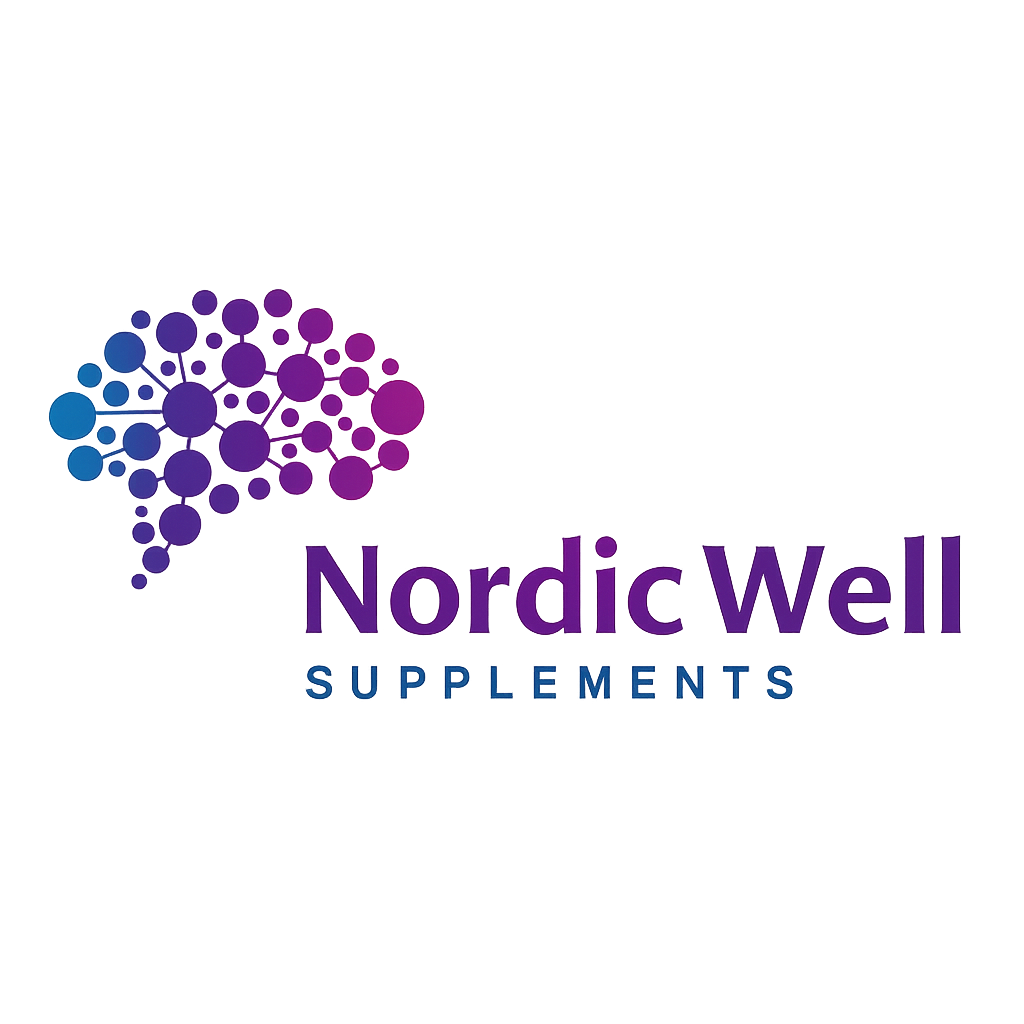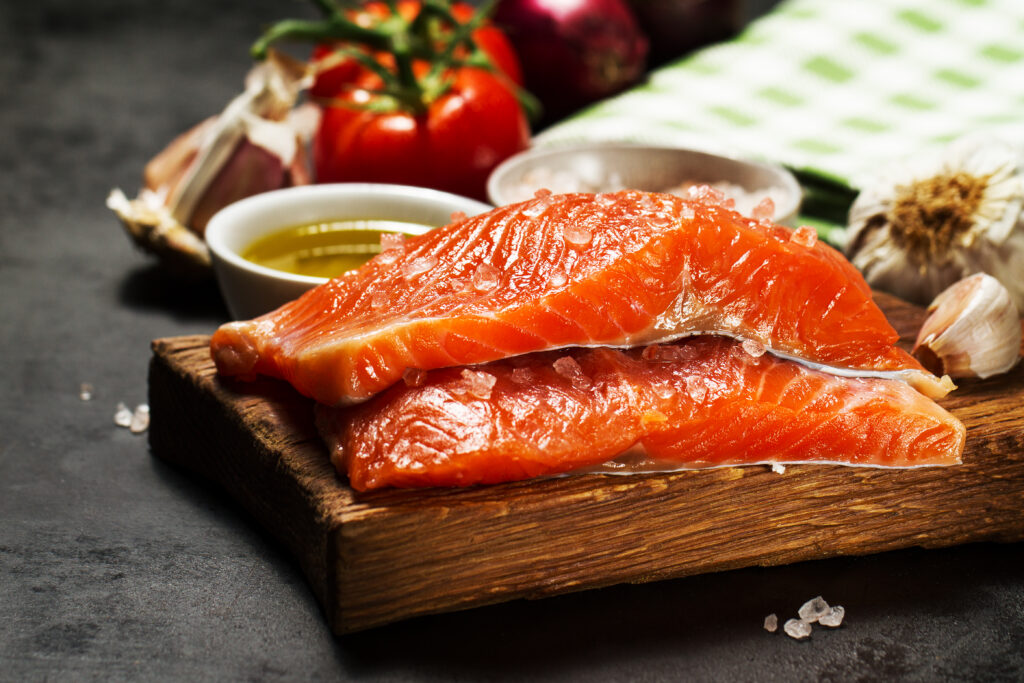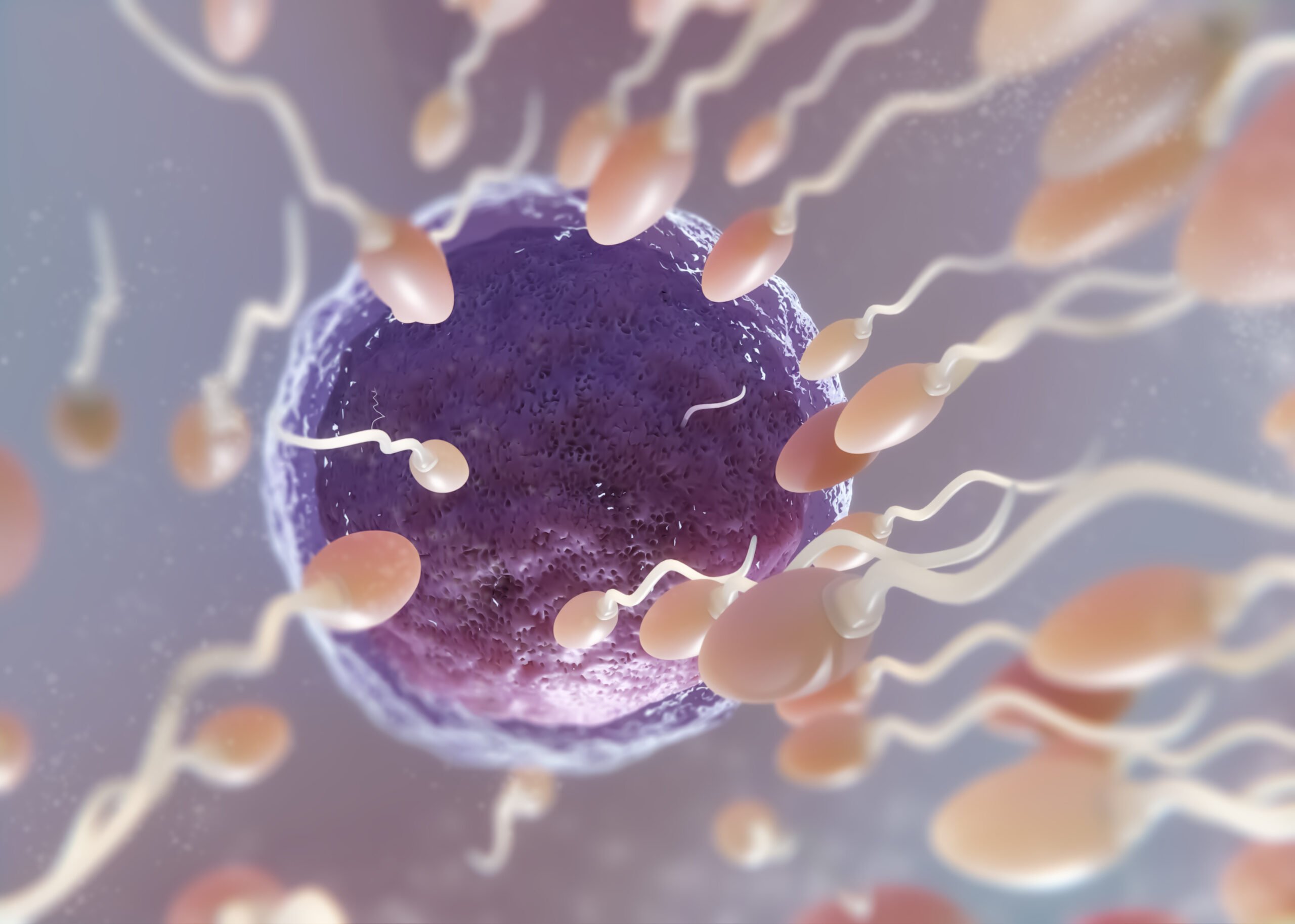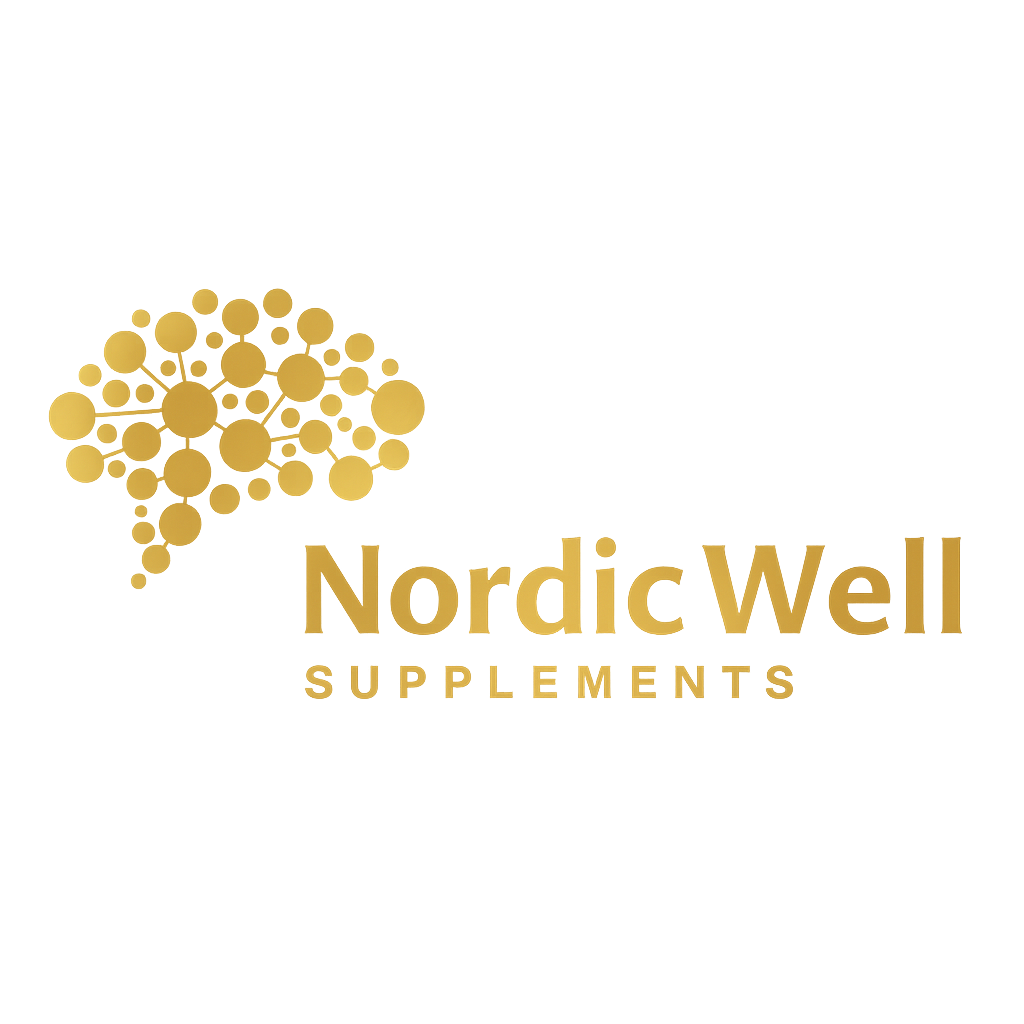Celebrity dermatologist Nicholas Perricone (of Oprah and Access Hollywood and author of Ageless Face, Ageless Mind) says Astaxanthin is ”a star among anti-aging foods…proven to improve skin quality, elasticity and reduce wrinkles.” However, the studies above show that Astaxanthin is good for much more than just skin health.
Astaxanthin is a super antioxidant that is normally taken to get beautiful skin. However, studies show that Astaxanthin is good for much more than just skin health: Protects your mitochondria which produce energy.
Provides protection against UV rays and thus protects your skin from burning in the sun.
Improves fertility according to a small study.
Has anti-aging properties
Protects both the outer layer and the inner layer of the cell membrane
Is very safe as a dietary supplement, reduces oxidative stress, DNA damage and inflammation (CRP). Increases the immune system. Improves eye function. Reduces reflux symptoms in people with H. Pylori. [4]
Prevents oxidation of LDL (cholesterol) and thus prevents atherosclerosis (atherosclerosis). [5]
Prevents red blood cells from oxidizing. [6]
Improves triglyceride levels and increases HDL (good cholesterol) and simultaneously increases adiponectin (hormone that improves insulin sensitivity and regulates blood glucose) [7]
Prevents the formation of free radicals and thus oxidative stress that occurs during hard training (Study on elite soccer players). [8]
Counteract the damage that high levels of glucose and some fatty acids have on neutrophil granulocytes (make up about 60 percent of white blood cells and are an important component of the non-specific immune system.) [9]
May prevent oxidative damage to lymphocytes (lymphocytes are a type of white blood cell that is the main part of the adaptive immune system.) [10]
Astaxanthin effects
Of course, Astaxanthin is good for the skin. Japanese researchers have found the following about Astaxanthin and skin health: significant improvements in reduced wrinkle formation, age spots, elasticity, skin texture, moisture content and condition of the outermost skin layer. The researchers also write that Astaxanthin can improve all skin layers [11].
Scientific references and sources
[1] J Nutr Biochem. 2010 May;21(5):381-9. Astaxanthin protects mitochondrial redox state and functional integrity against oxidative stress. Wolf AM, Asoh S, Hiranuma H, Ohsawa I, Iio K, Satou A, Ishikura M, Ohta S.Department of Biochemistry and Cell Biology, Institute of Development and Aging Sciences, Nippon Medical School, Nakahara-ku, Kawasaki, Kanagawa, Japan.http://www.ncbi.nlm.nih.gov/pubmed/19423317
[2] Exp Dermatol. 2012 Jul;21 Suppl 1:11-7. Astaxanthin attenuates the UVB-induced secretion of prostaglandin E2 and interleukin-8 in human keratinocytes by interrupting MSK1 phosphorylation in a ROS depletion-independent manner. Terazawa S, Nakajima H, Shingo M, Niwano T, Imokawa G. School of Bioscience and Biotechnology, Tokyo University of Technology, Hachioji, Tokyo, Japan. kimura@nagahp.jp http://www.ncbi.nlm.nih.gov/pubmed/22626465
[3] Asian J Androl. 2005 Sep;7(3):257-62. Combined conventional/antioxidant ”Astaxanthin” treatment for male infertility: a double blind, randomized trial. Comhaire FH, El Garem Y, Mahmoud A, Eertmans F, Schoonjans F. Ghent University Hospital, Department of Medical and Urological Andrology, 9k12 IE, De Pintelaan, 185, B 9000, Gent, Belgium. http://www.ncbi.nlm.nih.gov/pubmed/16110353
[4] Altern Med Rev. 2011 Dec;16(4):355-64. Astaxanthin, cell membrane nutrient with diverse clinical benefits and anti-aging potential. Kidd P. University of California, Berkeley, CA, USA. http://www.ncbi.nlm.nih.gov/pubmed/22214255
[5] J Atheroscler Thromb. 2000;7(4):216-22. Inhibition of low-density lipoprotein oxidation by astaxanthin. Iwamoto T, Hosoda K, Hirano R, Kurata H, Matsumoto A, Miki W, Kamiyama M, Itakura H, Yamamoto S, Kondo K. National Institute of Health and Nutrition, Tokyo, Japan.http://www.ncbi.nlm.nih.gov/pubmed/11521685
[6] Br J Nutr. 2011 Jun;105(11):1563-71. Antioxidant effect of astaxanthin on phospholipid peroxidation in human erythrocytes. Nakagawa K, Kiko T, Miyazawa T, Carpentero Burdeos G, Kimura F, Satoh A, Miyazawa T. Food and Biodynamic Chemistry Laboratory, Graduate School of Agricultural Science, Tohoku University, Sendai 981-8555, Japan.http://www.ncbi.nlm.nih.gov/pubmed/21276280
[7] Atherosclerosis. 2010 Apr;209(2):520-3. Administration of natural astaxanthin increases serum HDL-cholesterol and adiponectin in subjects with mild hyperlipidemia. Yoshida H, Yanai H, Ito K, Tomono Y, Koikeda T, Tsukahara H, Tada N. Department of Laboratory Medicine, Jikei University Kashiwa Hospital, Chiba, Japan.http://www.ncbi.nlm.nih.gov/pubmed/19892350
[8] J Sports Med Phys Fitness. 2012 Aug;52(4):382-92. Effect of astaxanthin supplementation on muscle damage and oxidative stress markers in elite young soccer players. Djordjevic B, Baralic I, Kotur-Stevuljevic J, Stefanovic A, Ivanisevic J, Radivojevic N, Andjelkovic M, Dikic N. Institute for Bromatology, University of Belgrade, Belgrade, Serbia. http://www.ncbi.nlm.nih.gov/pubmed/23192897
[9] Int Immunopharmacol. 2011 Dec;11(12):2220-6. Impact of the carotenoid astaxanthin on phagocytic capacity and ROS/RNS production of human neutrophils treated with free fatty acids and high glucose. Guerra BA, Otton R. Postgraduate Program-Health Sciences-CBS, Cruzeiro do Sul University, Sao Paulo, SP, 03342000, Brazil. http://www.ncbi.nlm.nih.gov/pubmed/22008307
[10] Toxicol In Vitro. 2011 Oct;25(7):1448-56. Oxidative stress in human lymphocytes treated with fatty acid mixture: role of carotenoid astaxanthin. Campoio TR, Oliveira FA, Otton R. Postgraduate Program – Health Sciences – CBS, Cruzeiro do Sul University, 03342000 Sao Paulo, SP, Brazil.
[11] Acta Biochim Pol. 2012;59(1):43-7. Cosmetic benefits of astaxanthin on humans subjects. Tominaga K, Hongo N, Karato M, Yamashita E. Fuji Chemical Industry Co. Ltd., Kamiichi, Toyama, Japan.
Artikelkälla: http://www.wellnessresources.com/health/articles/astaxanthin_a_premium_cell_defense_nutrient/




